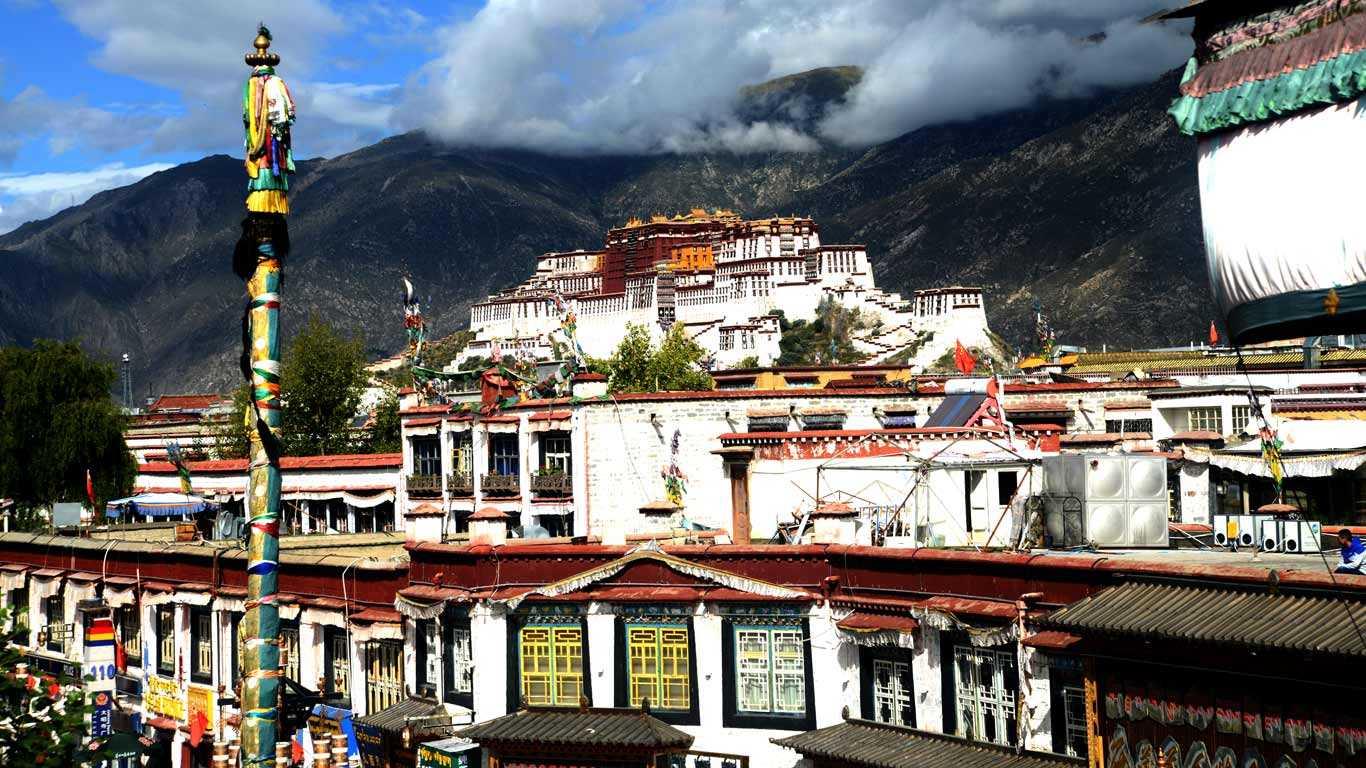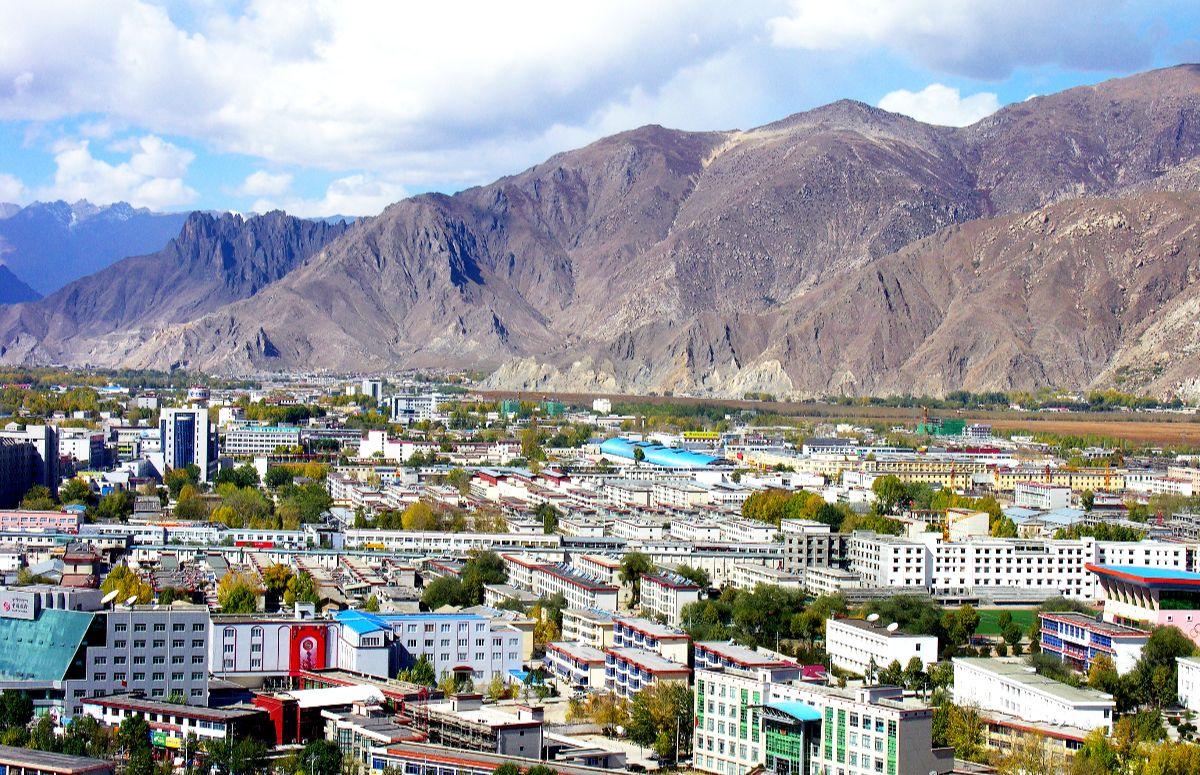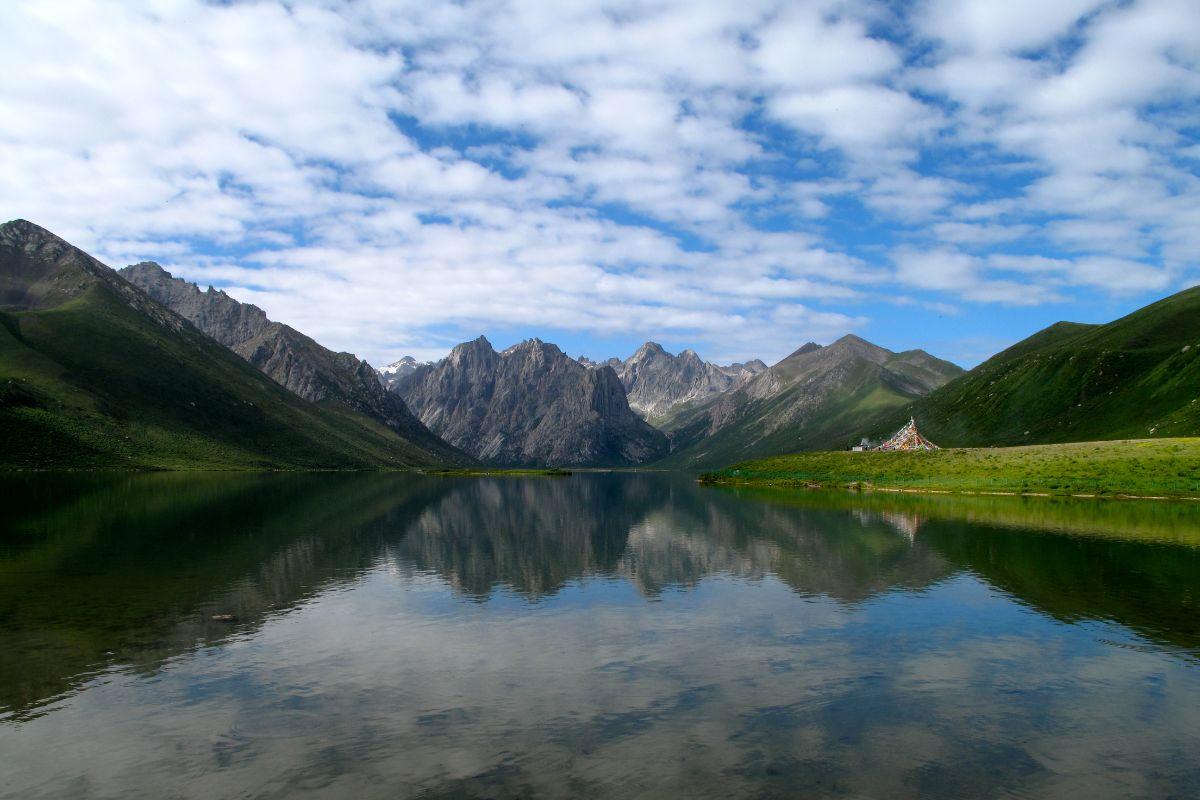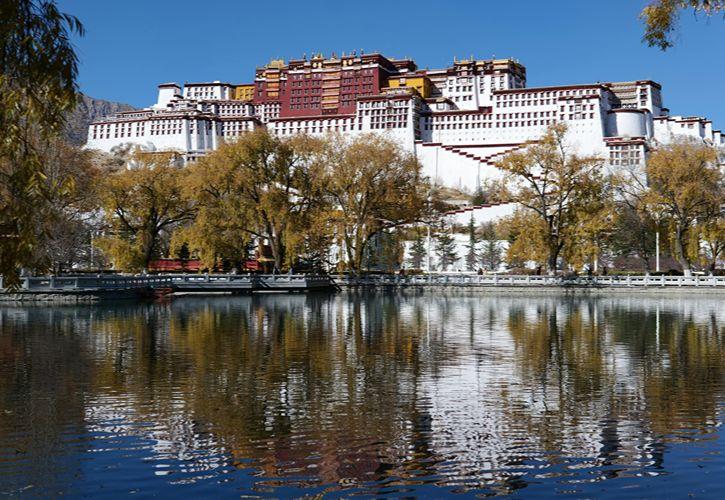Tibet - The Last Shangri La!

Tibet the Last Shangri-La
If you are interested in Buddhism or Tibetan Buddhism, to be specific, you have heard of Tibet for sure. It is a mythical and isolated land in the central Asian Mountain ranges, most importantly the Himalayas.
When people think of Tibet First thing that comes to mind is the Dalai Lama and then the monks, meditation, prayer wheels, the Shangri La, and prayer flags, and more!
Many people want to go to Tibet and explore it, but it is easier said than done. The Chinese Government has very strict rules and regulations for entering Tibet. The wait for the visa can be very long, and then you might be denied a visa for no reason!
Traveling and exploring Tibet can be tricky, but we have some very interesting facts about Tibet that you will be more than surprised to know.
Tibet is a Massive Plateau
Tibet is massive. It is almost 1/5 of the total size of China, and it is much larger than many countries you have ever been to.

Even though it is very massive, most of its area comprises high-altitude mountains, and the settlements are very sparse here.
Tibet has the highest things!
Widely referred to as “the roof of the world”, Tibet adds to the records under its sheer height. With an average altitude of 13,000 feet above sea level, it is home to the highest mountain, the highest lake, the railway at the highest altitude, road, and also the highest tunnel.

40% less oxygen than the place you live! Since it is a high-altitude area, the level of oxygen is less than the sea level. So if you are someone living in low-altitude regions by the sea, then it can be quite an experience for your lungs! But don’t worry too much, as the human body has a pretty good response system, and your heart rate and breathing patterns will modify themselves to increase your blood’s oxygen-carrying capacity.
This will take a few days before you get acclimatized, so allocating plenty of time before you start into the very high-altitude area of Tibet is a must. Please make sure you go through our information on high altitude sickness and its remedies.
Even though Yaks have become endangered and only 15,000 of them survive now, they are fascinating mountain mammals that live at high altitudes. Yaks are a source of milk, meat, and wool, and form a large part of daily Tibetan life. When you are driving or trekking in Tibet, you will come across herds of them. Getting a photo shouldn’t be that hard, though.
The Chinese connection!
Even though Tibet shares a very bloody history with the Chinese and things are confusing about the existence of Tibet as an independent nation in the past and the present, it is very clear that Tibetans have a unique culture and language that resembles nothing in the Chinese.

After the Chinese occupation of Tibet in 1949, these mountain people were heavily oppressed by the Chinese government. As a result, many Tibetans attempt to flee over the Himalayas every year and travel to neighboring countries India and Nepal.
Nepal receives an average of 1200 Tibetan refugees every year. The Chinese government has declared it illegal to carry a photograph of the Dalai Lama or a Tibetan flag, or even to utter the words “Bo rangzen” (“Free Tibet”).
Yet many still do, and arrest, imprisonment, re-education, and torture are rife. Some have been found setting a fire in public places of religious importance, such as Stupas and monasteries, as a form of protest.


